U.S. Drone Regulations
State Regulations for Drones in the U.S.
Table Of Contents
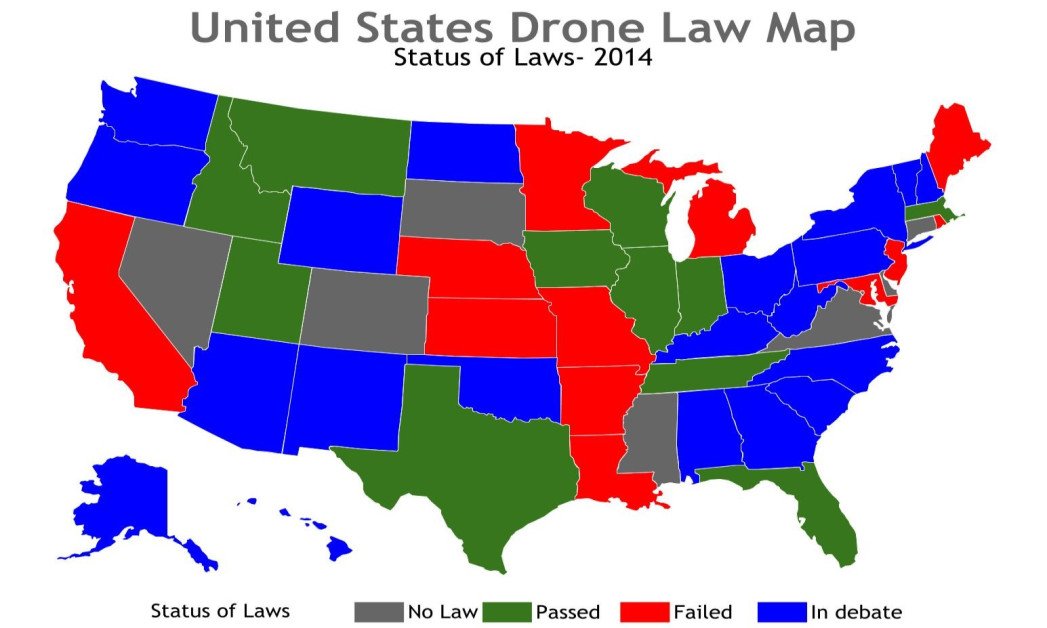
State Regulations
Overview
While the Federal Aviation Administration (FAA) sets the primary regulations for drone operations in the United States, individual states have the authority to enact additional laws that address specific local concerns. These regulations can vary significantly, covering aspects such as privacy, property rights, and law enforcement. This section provides an overview of state-specific drone laws and highlights key states with unique or notable regulations.
Key States with Unique Regulations
California:
- Privacy Laws: California has stringent privacy laws that impact drone use. It is illegal to use drones to capture images or recordings of individuals engaging in personal activities where they have a reasonable expectation of privacy.
- State Parks: Drone operations are generally prohibited in California State Parks without a special permit.
Texas:
- Surveillance Restrictions: Texas law restricts the use of drones for surveillance purposes. It is illegal to use drones to capture images of individuals or privately owned property without consent, with certain exceptions for law enforcement and research.
- Critical Infrastructure: Flying drones near critical infrastructure, such as refineries and power plants, is restricted to enhance security.
New York:
- Local Ordinances: New York City has specific restrictions on drone use, effectively banning operations within the city limits without special authorization. This is due to the dense population and complex airspace.
- State Parks: Similar to California, drone use in New York State Parks requires a special permit.
Florida:
- Property Rights: Florida law protects property owners from unwarranted surveillance by drones. It is illegal to use drones to capture images of privately owned property without the owner’s consent.
- Law Enforcement: Law enforcement agencies must obtain a warrant to use drones for surveillance, with certain exceptions for emergencies.
Illinois:
- Aerial Photography: Illinois has specific regulations governing the use of drones for aerial photography and videography, particularly in residential areas to protect privacy.
- Public Safety: The state has enacted laws to ensure drones do not interfere with public safety operations, such as firefighting and law enforcement.
Resources for State Regulations
To find detailed information about drone regulations, operators can use the following resources:
- State Government Websites: Most states have dedicated pages for their drone regulations.
- The National Conference of State Legislatures (NCSL): The NCSL maintains a comprehensive database of state drone laws and legislative updates.
- The FAA’s UAS Data Portal: Provides links to state and local regulations and resources.
Summary of State Drone Laws
Below is a brief summary of state-specific drone laws, focusing on common themes and unique provisions:
Privacy and Surveillance:
- Many states, including California, Texas, and Florida, have laws protecting individuals from unwarranted surveillance by drones.
Property Rights:
- Several states restrict drone operations over private property without the owner’s consent to protect property rights and privacy.
Critical Infrastructure:
- States like Texas and New York have enacted laws restricting drone operations near critical infrastructure to prevent security threats.
Law Enforcement:
- States including Florida and Illinois require law enforcement agencies to obtain warrants for drone surveillance, with exceptions for emergencies.
Public Spaces:
- Drone operations in state parks and public lands often require special permits, as seen in California and New York.
Emerging Trends:
- States continue to adapt and update their drone laws to address new challenges and technological advancements in the drone industry.
Importance of Compliance
Compliance with state regulations is crucial for drone operators to avoid legal issues and ensure safe and respectful operations. As state laws can change, it is important for operators to stay informed about the latest regulations in their area.
Examples of State Regulations
California:
- California Civil Code Section 1708.8: Protects against invasion of privacy through drone use.
Texas:
- Texas Government Code Chapter 423: Outlines permissible and prohibited drone surveillance activities.
New York:
- New York City Administrative Code Section 10-126: Effectively bans drone operations in NYC without special authorization.
Florida:
- Florida Statutes Section 934.50: Regulates drone use for surveillance and protects property rights.
Illinois:
- Illinois Compiled Statutes 720 ILCS 5/48-3: Governs the use of drones for aerial photography and videography.
Frequently Asked Questions About Drone State Regulations
1. Do state laws regarding drone operations differ from federal regulations?
Yes, state laws can differ from federal regulations. While the FAA sets the overarching rules for drone operations nationwide, individual states may impose additional regulations to address specific local concerns, such as privacy, property rights, and law enforcement. It’s important to familiarize yourself with both federal and state regulations to ensure compliance.
2. What State Can I fly my drone over private property without the owner’s permission?
In some states, such as Texas and Florida, it is illegal to use drones to capture images of private property without the owner’s consent due to privacy protections. Always check your state’s specific drone regulations regarding privacy and property rights before conducting operations.
3. Are there specific restrictions on drone use in state parks or public lands?
Many states have restrictions on drone use in state parks and public lands. For example, California and New York generally prohibit drone operations in parks without a special permit. It’s essential to check the rules for each park or public land you intend to fly in, as regulations can vary significantly.
To Learn more about acronyms used in this article visit our Drones Acronym Page.
Pros
Cons
You may like
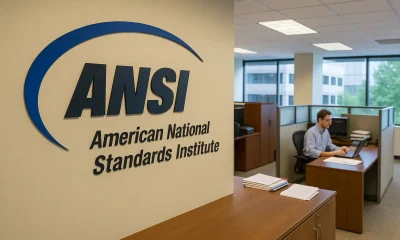

What is ANSI (American National Standards Institute)?


What is TTP (Tactics, Techniques, and Procedures)?


Roger Luo, President of DJI – Innovator Series
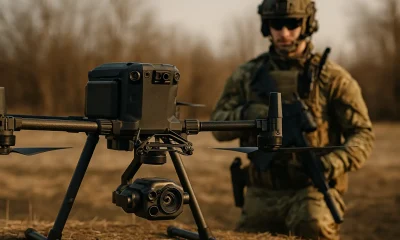

What is SOPMOD (Special Operations Peculiar Modification)?
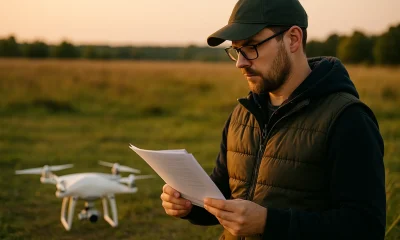

What is OSD (Operational Safety Document) & How Does it Work?
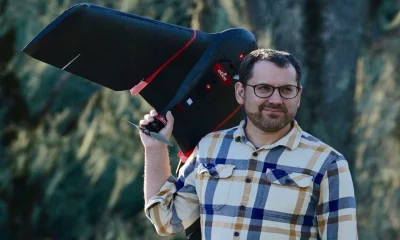

Gregory Crutsinger, Founder of Scholar Farms – Innovator Series